You may have heard of a type of yoga called Vinyasa, with it being one of the most popular forms of modern yoga.
What you may not know, however, is that you do not need to be a seasoned yogi to practice it! A variety of poses and styles fall under the term "Vinyasa", and it is a highly personal flow that focuses on breathwork and the body.
Vinyasa improves your physical and mental health, as well as encouraging skills like focus and self-discipline.
For more information on Vinyasa and the benefits that it can bring to you, keep reading!

What is Vinyasa yoga?
Vinyasa yoga, also known as flow yoga, is a style of practice defined by the continuous flow of movement from one pose to another.
The word "Vinyasa" pertains to the transition between poses, in which body movement and the breath are synchronised.
As with many other yoga sequences, Vinyasa practice is very flexible, and no two sessions are the same. This is partly why Vinyasa flow yoga is so popular, as it allows for a break from routine and can be practised by people of all abilities.
The poses, intensity, and pace of each Vinyasa flow will change depending on the yoga teacher, meaning you can choose a class based on which one is suited to your preferences.

What are the different types of Vinyasa?
Even though Vinyasa is its own distinct style, it shares similarities with other yoga forms such as Ashtanga and Bikram. In fact, many yogis practice amalgamations of different styles, including Ashtanga Vinyasa.
Ashtanga yoga
Ashtanga and Vinyasa styles of yoga share a history, and even though Vinyasa likely predates Ashtanga, the two are often practised in tandem with one another.
The main difference is that Ashtanga flows follow the same sequence each time, whereas Vinyasa flows tend to be more flexible. It is common to see both open with sun salutations, and follow on with similar poses, just not in the same order.
Power yoga
Power yoga is so like Vinyasa that the two often get confused with each other.
During power yoga sequences, a series of active and high-intensity poses are performed in relatively quick succession, making it similar to a Vinyasa flow.
The synchronisation of breath and movement add further similarity, although power yoga is a modern innovation and also uses elements of Ashtanga and Bikram yoga.

Vinyasa yoga for beginners: what to expect during a class
If you are a beginner in the world of yoga in general, you may consider Vinyasa yoga for beginners as a quick way to learn the basics and improve quickly.
Your yoga teacher will be understanding of your abilities and you can work collaboratively to find a sequence that works. Also, teachers tend to offer alternatives or adjustments for more challenging poses so that everyone in the class can keep up. The key is to try and understand your body and its limits and work within your own range of motion and at your own pace.
All you need to do to prepare is to make sure you have a grippy and high-quality yoga mat that can support you even as you get sweaty and come to class with an optimistic mindset.

The yoga mat in the photo above is available here.
Having a good yoga mat is important because it can make a world of difference in the quality of your practice and the pace at which you evolve from session to session. Use a foam-based or PVC yoga mat and you’re likely to find that you spend most of the class worried about slipping.
Especially as Vinyasa is quite a dynamic style of yoga, your hands are likely to sweat – so having a mat that gives you adequate support for the entire duration of your practice and gives you the confidence to move deeper into each pose is that one bit more important if you’re doing Vinyasa. See here for our top yoga mat pick that will be sure to motivate you throughout your practice. We've also put together a guide on how to choose your yoga mat correctly - you can read it by clicking here.
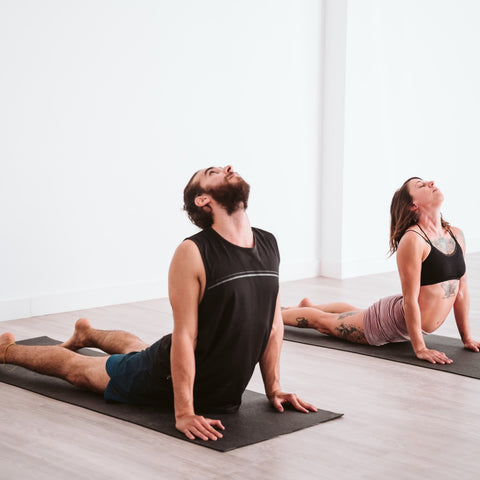
Flow and continuous movement
The main characteristic of Vinyasa is the flow from pose to pose, and alignment between movement and breath.
The majority of any Vinyasa classes will be made up of varied sequences of poses, likely including sun salutation, downward-facing dog, and cobra. The key here is to try and move mindfully between the poses, without holding your breath or breathing too rapidly.
The specifics will vary depending on your yoga instructor, as all teachers have a different style in terms of form, pace, and intensity, but some elements remain the same across classes, and you’ll find that flow and breathing are constant focal points of any Vinyasa class.
Even the name gives this away – the word “Vinyasa” means ‘to place in a special way’ in Sanskrit, which ultimately refers to the arrangement of poses within a yoga session or, more specifically, the flow from one asana (yoga posture) to the next.

Breath-work
What makes Vinyasa distinctive is a special focus on the breath.
Vinyasa classes will spend considerable time on the relationship between bodily movements and the breath, especially breathing techniques in between each pose. It’s very likely you’ll hear your Vinyasa teacher give you frequent cues on when to inhale or to exhale depending on the pose your in within each sequence.

Vinyasa yoga benefits
There are quite a few Vinyasa yoga benefits that are likely to get you on the mat and booked on the next available class in no time. Most of them revolve around improving your physical strength and posture, but also your mindset and the way you tackle adversity in your daily life.
Find your flow
The rhythmic quality of Vinyasa practice can help to stabilise the mind, provide clarity, and help you with focus and staying present.
If you tend to drift off and struggle with your attention span, incorporating a Vinyasa sequence into your routine can do wonders.

Improve balance and posture
As with all types of yoga, you will notice your balance and posture drastically improve over time, as well as your flexibility and range of motion. It’s not just about holding a pose for a certain period of time anymore – there certainly some magic that happens in your body as you flow from pose to pose as well!
Beginners may struggle with their balance limits being pushed at first, but soon enough your body will feel more balanced, which will prevent motion injuries and make you more aware of your physical movements.

Increase strength
Vinyasas push your boundaries, both physically and mentally. A flow can involve a mixture of high-and-low-intensity postures, which will build muscle and improve core strength.
Holding yourself in a pose and then moving with fluidity into another is a challenge and one that will test the strength of your body and your mind.

Encourage a healthy mindset
One of the largest benefits you will notice from early on with Vinyasa practice is a boost in your mood.
Yoga has been proven to aid stress reduction and pain relief by releasing endorphins, which makes the body and mind happy.
What's more, incorporating a yoga sequence into your daily routine demonstrates a level of discipline and self-care that is integral to a positive attitude. There are so many ways that Vinyasa can contribute to good mental health, and these are just the tip of the iceberg!

Incorporates cardio into your fitness routine
For those who are not sure where to begin when it comes to cardio, Vinyasa could be just what you need.
Many postures included in a Vinyasa flow get the blood pumping and are just as effective as a more conventional full-body gym workout.
The continuity and active nature of Vinyasa will improve your cardiovascular health, even during a slower-paced practice.

Teaches you how to incorporate breath-work into your daily life
During Vinyasa practice you learn how to sync your breath with your movements and to release tension in challenging poses by breathing through the discomfort. When our bodies are feeling some sort of pressure or when we feel stress in your daily lives, it’s a natural human tendency to either hold our breath or breathe faster.
As you learn how to stay calm and regulate your breathing when yoga poses get more challenging, you’ll likely find yourself applying these types of breath-work exercises learnt in Vinyasa class into your day-to-day as well. This is likely to help you better cope with stress and anxiety as well as successfully push through physical challenges.

As you hold a plank or a Crow pose for a long time, your tendency is to hold your breath, but if you do long inhales and exhales through your nose, you signal to your brain that your body is still in control and you’ll likely be able to hold that plank for longer than you otherwise would!
The same principle of calming down your mind and body through breath-work can be applied to non-physical scenarios – Vinyasa can teach you how breathing deeply before an important interview or when you feel angry can help you pace yourself and tackle things in a calm and balanced way. It’s all a case of regular practice and it all starts on your mat!

How to know if Vinyasa styles are for you
If you are interested in getting in touch with your body and mind, whilst performing challenging poses, such as downward-facing dog, which will push your fitness limits, then Vinyasa is for you.
During a class, teachers will not expect anything of you except coming with a willingness to learn and explore the way your body and mind feel as you move, which means Vinyasa is ideal for beginners and advanced Yogis alike. Any sequence can be personalised and amended according to preference, meaning there is room to be creative as well.
Also, Vinyasa is for you if you like yoga but don’t particularly enjoy holding any pose for too long or focusing too much on one thing. In other words, Vinyasa practice is perfect for those busy bees looking for a physical challenge that incorporates interesting sequences and creativity. You’ll be sure to find that you’ll never get bored in a Vinyasa class!



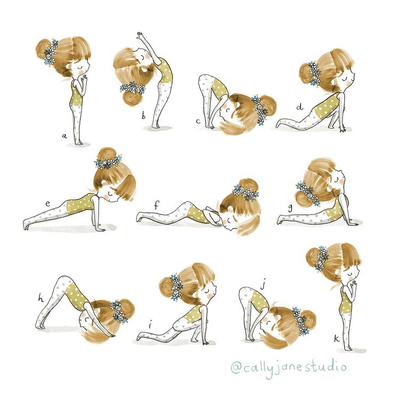
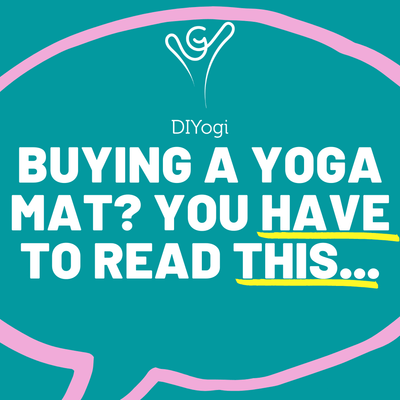
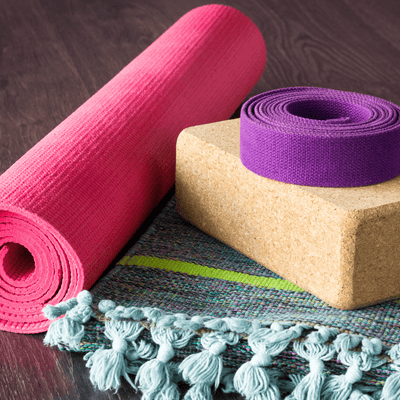
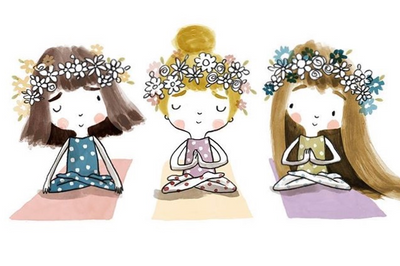
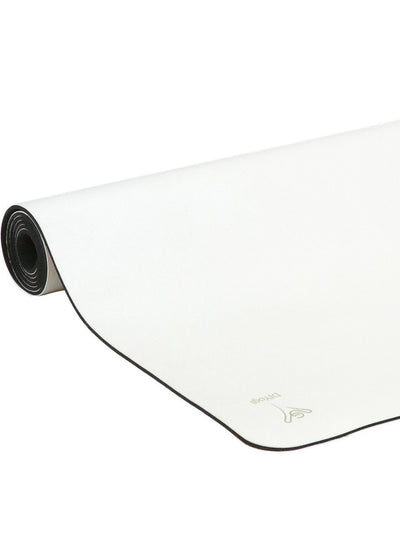
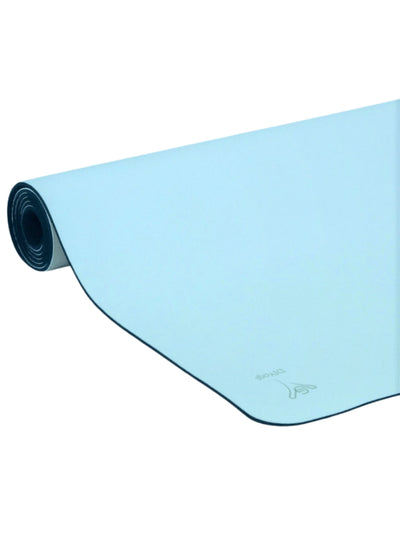
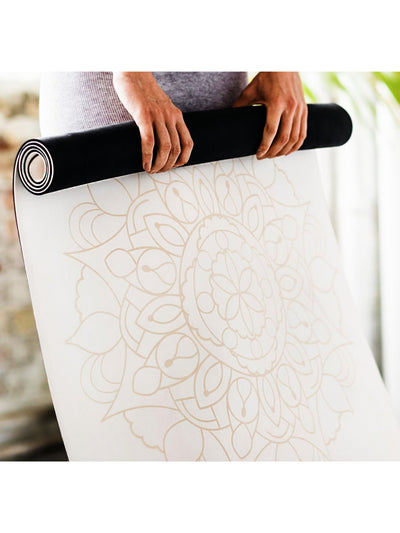
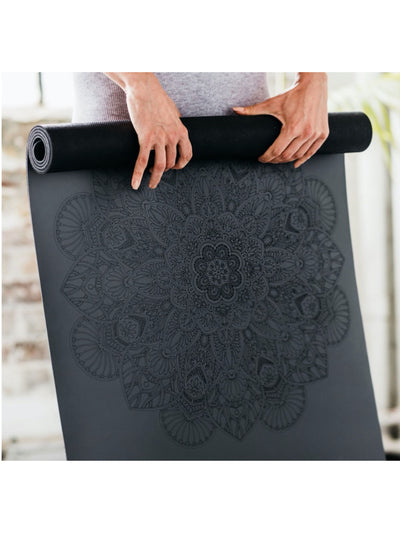
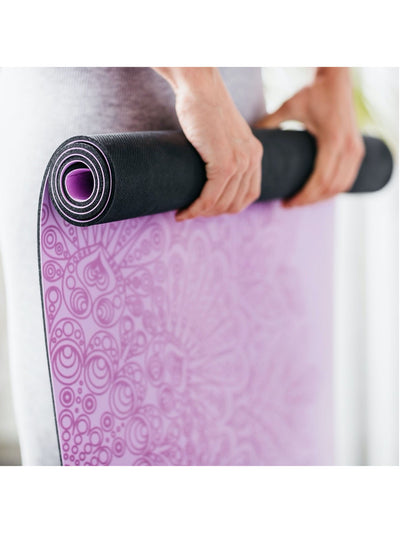
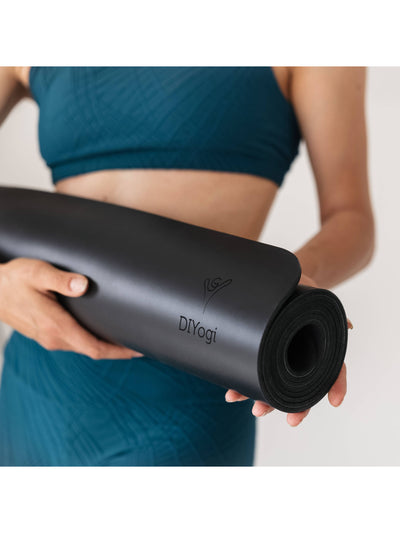
Leave a comment